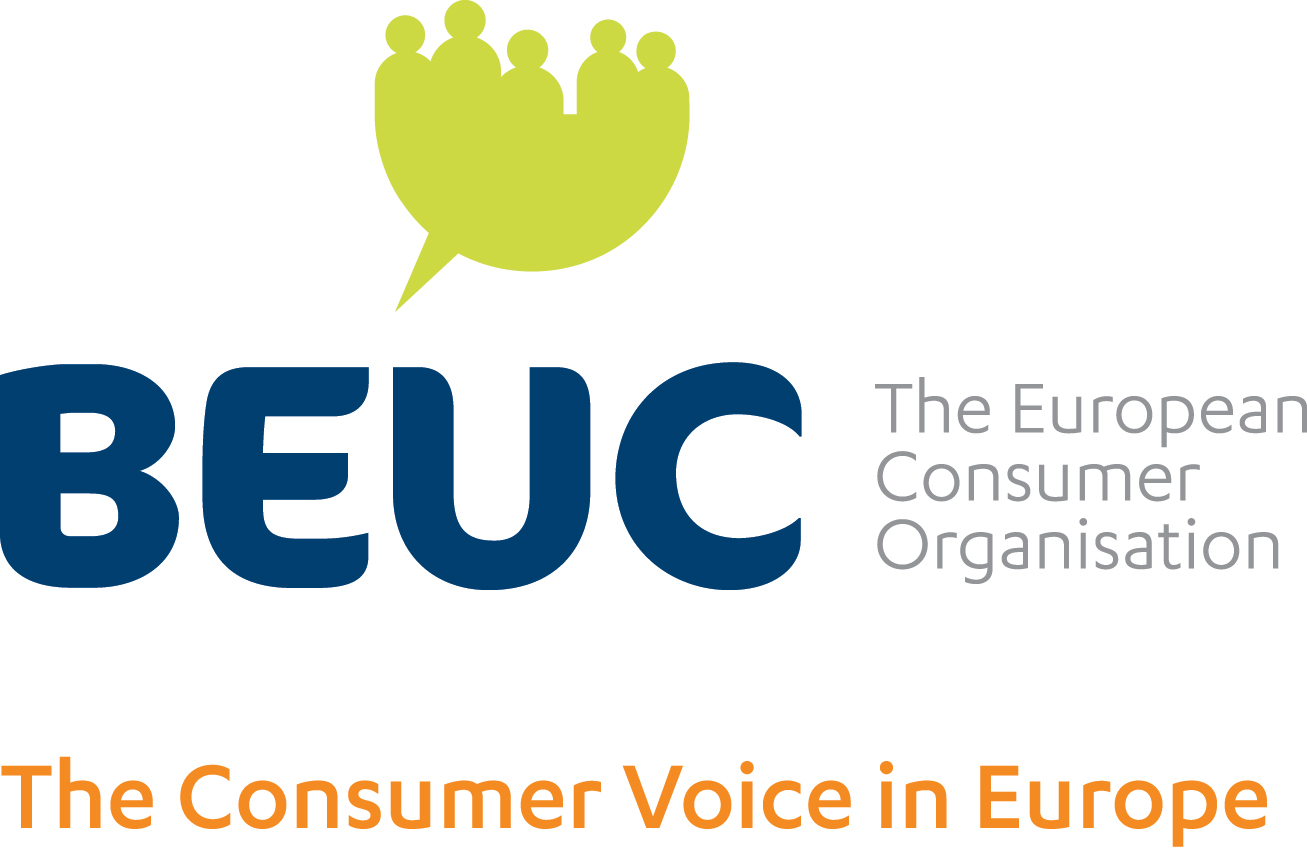Fashion makeover: Making sustainable textiles the consumer norm
About this publication
Through the arrival of new clothing collections to the shops every second week, fast fashion has doubled the textile production volumes in only 15 years. With Europeans consuming annually 26 kg of textiles per person, the production of textiles is one of the activities with the highest impacts on our planet. Meanwhile, consumers are becoming more aware about textiles' impacts and try to adapt their behaviours. However, we need systemic changes and ambitious legislation to make sustainable fashion and textiles a real choice for consumers.
Within the European Green Deal and the Circular Economy Action Plan, the EU has committed to address the environmental and social impacts caused by the production, trade and consumption of textiles. On 30 March 2022, the Commission presented the EU Strategy for Circular and Sustainable Textiles setting the goal to make sustainable textiles the norm by 2030 and drive fast fashion out of fashion.
BEUC strongly supports key policy measures announced in the strategy to achieve the transition towards textiles sustainability and make sustainable consumption in this area a reality for consumers. In this paper, we highlight the strategy’s most relevant proposals from a consumer perspective and advocate for further measures to tackle the roots of textiles overconsumption:
-
Sustainable and safe by design textiles: Sustainable textiles should be the easy and attractive choice for consumers.
-
No to greenwashing, yes to reliable information: Europeans should rely on trustworthy information about how sustainable textiles are.
-
Tackling overproduction and supporting sustainable consumption behaviours.
-
Tackling the challenges of globalisation and e-commerce: Ensuring market surveillance and enforcement of all the pieces of legislation supporting textiles sustainability is key but also a major challenge, notably as most textiles are produced outside the EU and e-commerce is increasingly used.
